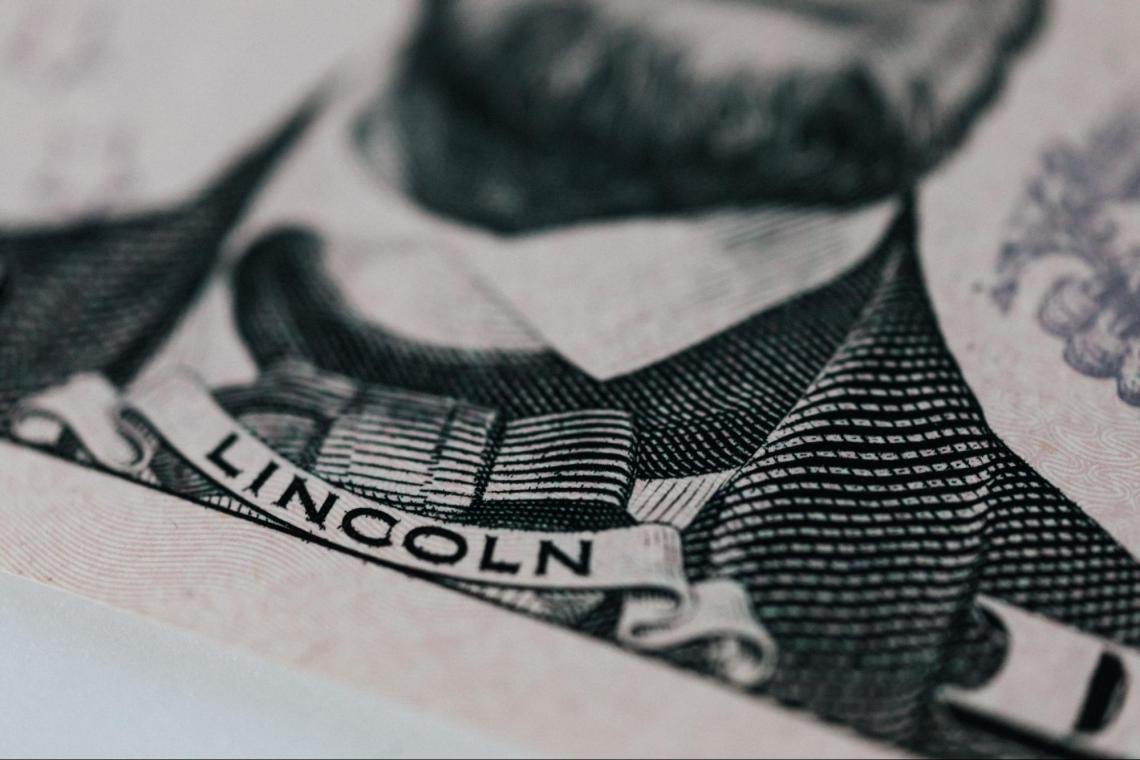Liquidating Dividend
Type of dividend distributed among the shareholders or owners of a company.
A liquidating dividend is a type of dividend distributed among the shareholders or owners of a company when the company goes through the partial or complete liquidation process.

Liquidation is a process under which the company's holdings are either transferred or sold (redistributed) willingly or by law.
A liquidating dividend is paid out of capital accounts when the total sum of the dividends exceeds retained earnings.
A company usually goes through a liquidation process when its business stunts or the corporation goes bankrupt – out of business.
Something to note here is that only some bankruptcies go through this process; some require companies to restructure their company and continue their business strategically.
A dividend is a way of distributing profits or rewarding people who have invested in the company. The company and its management decide dividend amounts. Significant dividend distribution is either in cash or shares, usually distributed quarterly or at intervals decided by the company.
This particular distribution of capital is non-taxable unless the returns cover the basis of the initial investment.
Still, most of the time, when the liquidation dividend is distributed, shareholders or owners end up with relatively less capital when compared to what they invested in, resulting in net negative profits.
Priority order in liquidating dividend
It is used to distribute the leftover capital and assets to owners and investors of the company when a corporation ceases its business.
Liquidation is done in a preset manner; all the money in the cash reservoir is divided, and any assets in the company's holdings are liquidated and then distributed.

These capitals have a set priority in which they are distributed; each lower priority is given assets from what is left over from the previous distribution.
The priority order is as follows:
1. Secured Creditors:
Any lender or creditor involved in the issue of a credit that is secured by collateral is referred to as a secured creditor.
2. Unsecured Creditors:
Any lender or creditor involved in a credit not secured by collateral is referred to as an unsecured creditor.
3. Government and employees:
Any credit loaned from the government or owed to the employees of the affiliated liquidating company.
4. Common Shareholders:
Public shareholders of the affiliated liquidating company's shares.
This priority is different in each company and circumstance. For example, in the case of brokers and asset management companies, priority is given to those who have invested their capital in the company.
Example: Company A

The company starts to pay dividends. Company A earns 10,000 USD annually for three years, adding up to 30,000 USD.
In Year 3, the company decides to pay out dividends to the shareholders a sum of 50000 USD
| Earnings | Dividends | |
|---|---|---|
| Year 1 | 10,000 | - |
| Year 2 | 10,000 | - |
| Year 3 | 10,000 | 50,000 |
| Cash | 50,000 |
| Retained Earnings | 30,000 |
| Paid in capital | 20,000 |
Now, to pay 50000 USD in cash, the company empties the 30000 USD from retained earnings. It pays off the excess amount as "additional paid-in capital." Companies may choose to debit common stocks to pay an amount in the capital.
Paid in capital = Cash - Retained Earnings
i.e., Paid in capital for Company A = 50,000 - 30,000
= 20,000 USD
The excess amount of 20,000 USD is the liquidating dividend paid to the investors or shareholders as a return of capital rather than the distribution of profits.
- A liquidating dividend is a type of dividend where-in dividends are distributed when a company goes through the liquidation process.
- This type of dividend is usually non-taxable as it represents the return on initial investment rather than a company's profit distribuHowever, note. Note that the dividend is taxable if the returns cover the basis of the initial investment.
- A company usually goes through a liquidation process when it goes bankrupt or its growth decreases.
- The company chooses to empty retained earnings while distributing dividends and then pays in capital for the remaining amount.




or Want to Sign up with your social account?